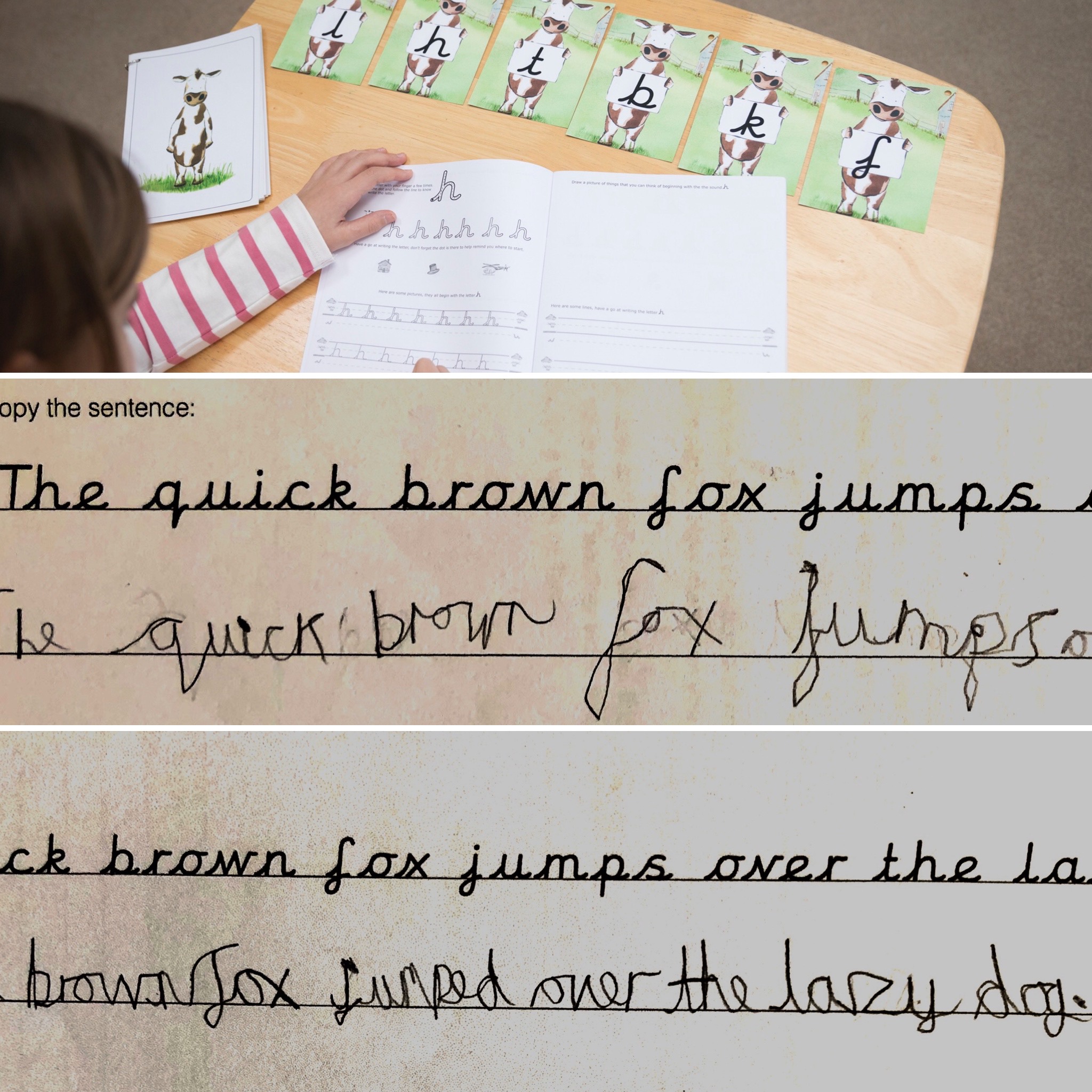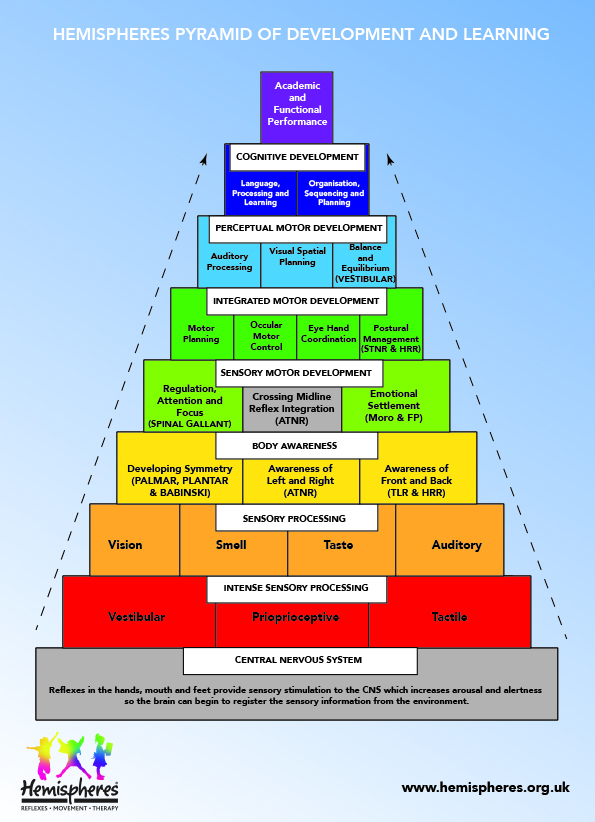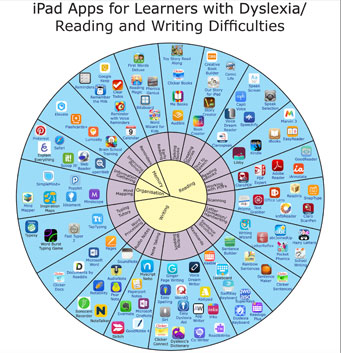Articles
Autism, Emotional Reflexes and Sensory Processing

The Moro reflex is the body's first alarm system and is key to establishing effective sensory processing in young children. The Moro reflex develops in the womb but is preceded by another reflex called the Fear Paralysis. Both of these reflexes are immensely important for sensory integration.
As our nervous system develops in early life reflexes create loops or connections in the brain that produce particular movements. The movements themselves are registered higher up in the brain so eventually the brain can take over and our body stops reacting to the stimuli in the environment at the same intensity. Sensory integration is the brain's ability to process the different senses, make connections and assimilate the information together so the ‘thinking’ part of the brain can make an appropriate response. In many children with retained reflexes we see difficulty with sensory processing, leading to emotional and behavioral responses that indicate they need more support in their development and learning than other children might. When the Moro reflex remains active children have more difficulty processing all of the sensory channels. They are not able to simultaneously process things they hear, see and feel at the same time, and in response their nervous systems ‘select’ isolated sensory channels through which they learn to perceive their world.
In autism, this process of not being able to integrate all of the sensory channels is more evident. We find that children with autism tend to prefer visual stimulation, which translates into visual based learning. The nervous system in its selection reduces the perceived processing in the other channels, which then become hypersensitive. This is often seen in the auditory systems. Sensory integration is, therefore, the ability to process more than one channel at a time, building connections so the brain can integrate different information to assist with learning and understanding. At a neurological level this means that the lower parts of the brain interconnect at a subconscious level, enabling more processing and integration to take place at the higher level. In autism, we know that the brain stem or lower parts of the brain remain immature; they produce less connections and the higher levels of the brain grow larger as learning needs to take place at a conscious level to override the immaturity in the brainstem.
This leads to difficulties with attention, sleep and emotional stability. The Moro reflex is triggered constantly as there is a perceived need to react to visual and auditory information in the environment, impacting on focus and concentration and often triggering movement. In other words, for children with Autism the immaturity in their brainstem interferes with their ability to feel settled, secure and safe, giving rise to anxiety and a feeling of insecurity.
Because the process is so complex the simplest way to help children is to go back, using prenatal movements and introducing auditory, visual, vestibular stimulation to facilitate balance in the sensory systems and increase the connections that should have occurred under normal circumstances.
A simple at-home test for retained Moro reflex:
If you can answer yes to 7 or more of these simple questions there is an indication that a Moro reflex is present.
Does your child:
-
Expresses dislike or distress to being touched?
-
Gets irritated by socks and shoes?
-
Demonstrates or expresses distress to loud noises?
-
Reacts emotionally and has difficulty settling after separation?
-
Reacts emotionally and displays tantrums?
-
Shows aggressive behaviours such as biting, hitting, and pinching?
-
Has difficulty regulating activity levels in the day?
-
Hears you but does not appear to listen?
-
Gets disturbed by bright light?
-
Shows disturbed sleep patterns?
-
Does not see the need to communicate or interact with others?
-
Has emotional outbursts?
-
Appears over stressed?
If you are concerned about your child and would like more information, click here to email us.
You might also be interested in

Hemispheres Think Write Improves Handwriting

Hemispheres Pyramid of Development and Learning

Check out these Dyslexia Apps
Copyright © 2024 | Privacy Policy


